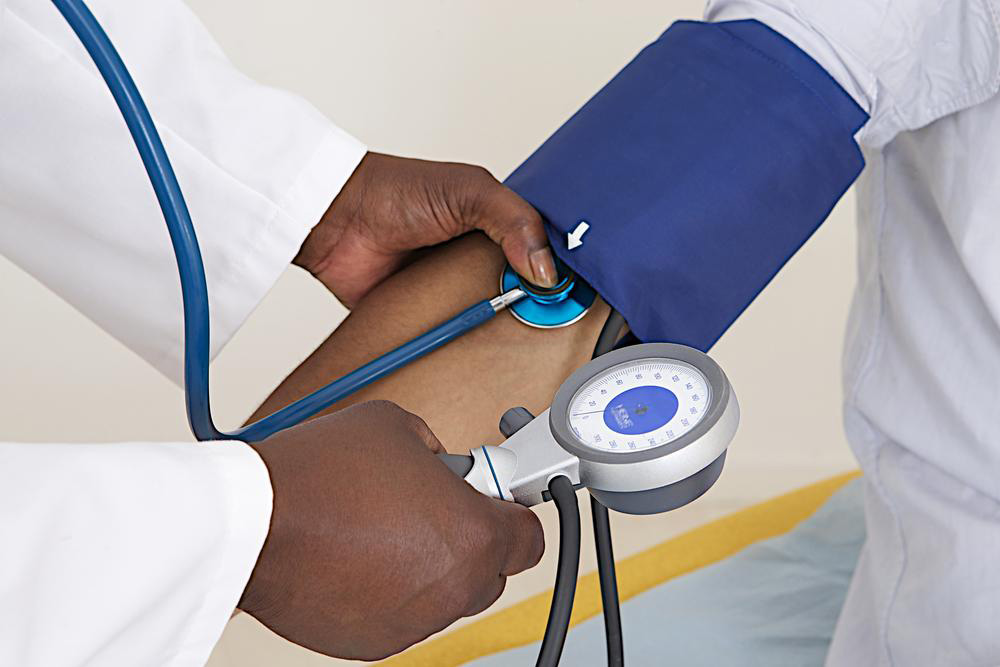Comprehensive Guide to Stroke Prevention and Early Recognition
This comprehensive guide highlights essential strategies for stroke prevention, including managing blood pressure and cholesterol, recognizing early warning signs with the FAST method, and adopting a healthy lifestyle. Early detection and prompt medical response can significantly improve outcomes, making awareness crucial for everyone. The article provides detailed insights into risk factors, symptoms, and preventive measures to help individuals reduce their stroke risk and ensure better long-term brain health.

Understanding Stroke: Prevention Strategies and Recognizing Early Signs
Stroke is a critical health event that can have devastating consequences if not identified and treated promptly. Often, there are warning signs that precede a stroke, making early detection vital for effective intervention. Recognizing symptoms such as facial drooping, difficulties in speech, sudden weakness in one arm, and other neurological signs can save lives. Immediate medical response upon noticing these symptoms dramatically improves recovery prospects. This comprehensive guide explores key strategies to prevent strokes, including managing risk factors, and highlights how to identify early warning signals to seek timely medical assistance.
High blood pressure and high cholesterol remain the leading contributors to stroke risk. Managing these conditions effectively can significantly reduce the likelihood of experiencing a stroke. Below, we delve into the main factors influencing these health issues and provide practical advice on lifestyle modifications that can make a real difference in stroke prevention.
Hypertension: The Silent Threat
Hypertension, commonly known as high blood pressure, is a primary risk factor for stroke. It is diagnosed when blood pressure readings consistently exceed 140/90 mm Hg, with severe cases crossing 180/120 mm Hg. Elevated blood pressure causes damage to blood vessel walls, increasing the likelihood of blockages or ruptures, which can lead to strokes. Hypertension can also contribute to other conditions such as dementia and heart disease. Several factors contribute to high blood pressure, including obesity, a sedentary lifestyle, chronic stress, smoking, and excessive salt consumption. Genetics also play a role in individual susceptibility. Maintaining a healthy lifestyle that includes regular exercise, a balanced diet low in salt, weight management, and stress reduction can help control blood pressure and thus reduce stroke risk.
High Cholesterol: A Hidden Risk
Elevated cholesterol levels, especially low-density lipoprotein (LDL) cholesterol, are closely associated with the development of atherosclerosis—plaque buildup in arteries—which can obstruct blood flow to the brain. Factors such as poor diet, obesity, smoking habits, and diabetes contribute to high cholesterol. Often, high cholesterol coexists with hypertension, compounding stroke risk. Implementing lifestyle changes like adopting a heart-healthy diet rich in fruits, vegetables, whole grains, and lean proteins, coupled with regular physical activity, can help lower cholesterol and blood pressure levels. In some cases, medication prescribed by healthcare providers may be necessary for effective control. Keeping cholesterol in check is essential for reducing the risk of both initial and recurrent strokes.
Early detection of stroke symptoms can be lifesaving. The most commonly used method for recognizing potential strokes is the FAST acronym, which stands for:
F – Face drooping: Check if one side of the face droops or is numb.
A – Arm weakness: Is one arm weak or numb when raised?
S – Speech difficulty: Is speech slurred or unintelligible?
T – Time: If any of these signs are present, it is crucial to seek emergency medical help immediately.
Additional symptoms to watch for include muscle stiffness, sudden loss of coordination, involuntary eye movements, memory problems, sudden behavioral changes, severe headaches, and overall weakness. When multiple symptoms occur simultaneously, immediate emergency response is essential. Recognizing these signs early can dramatically improve outcomes and reduce long-term disabilities.
Post-stroke recovery and prevention are closely linked to adopting a healthy lifestyle. Regular health monitoring, a balanced diet, and adherence to prescribed medications are vital components of long-term health management. Prevention strategies should also include managing chronic conditions, avoiding smoking, limiting alcohol consumption, and reducing stress. Educating oneself about stroke risks and symptoms can empower individuals to act swiftly and increase the chances of successful recovery. Ultimately, understanding and managing risk factors is the most effective way to prevent strokes and maintain overall neurological health.





